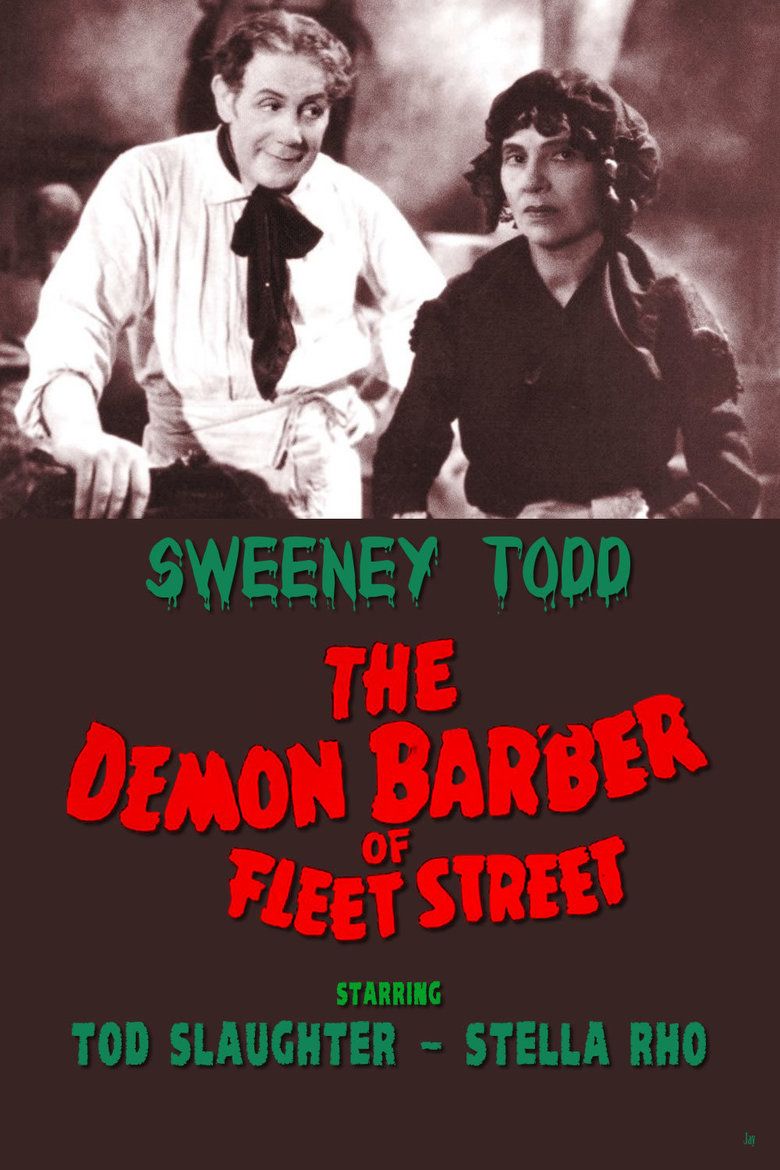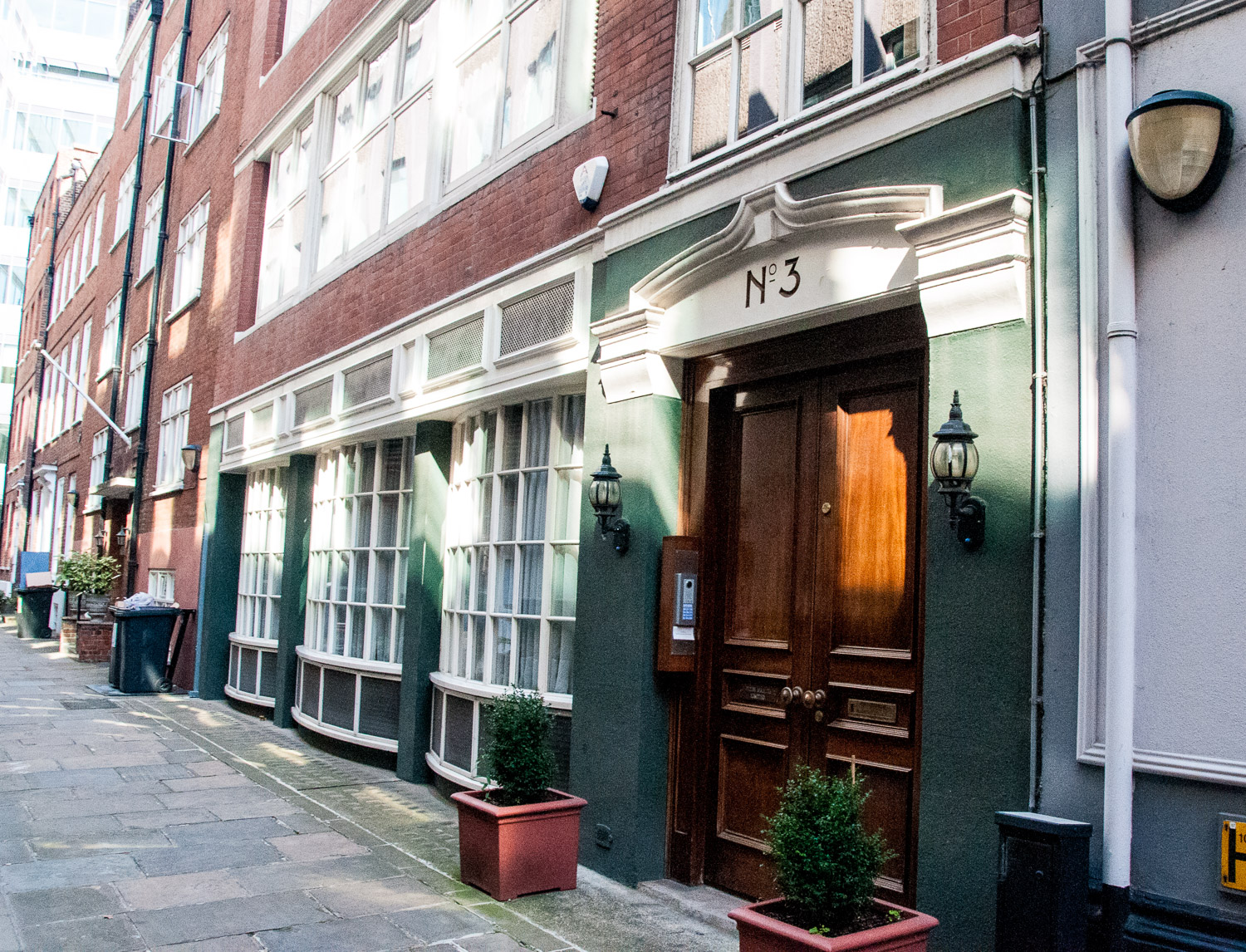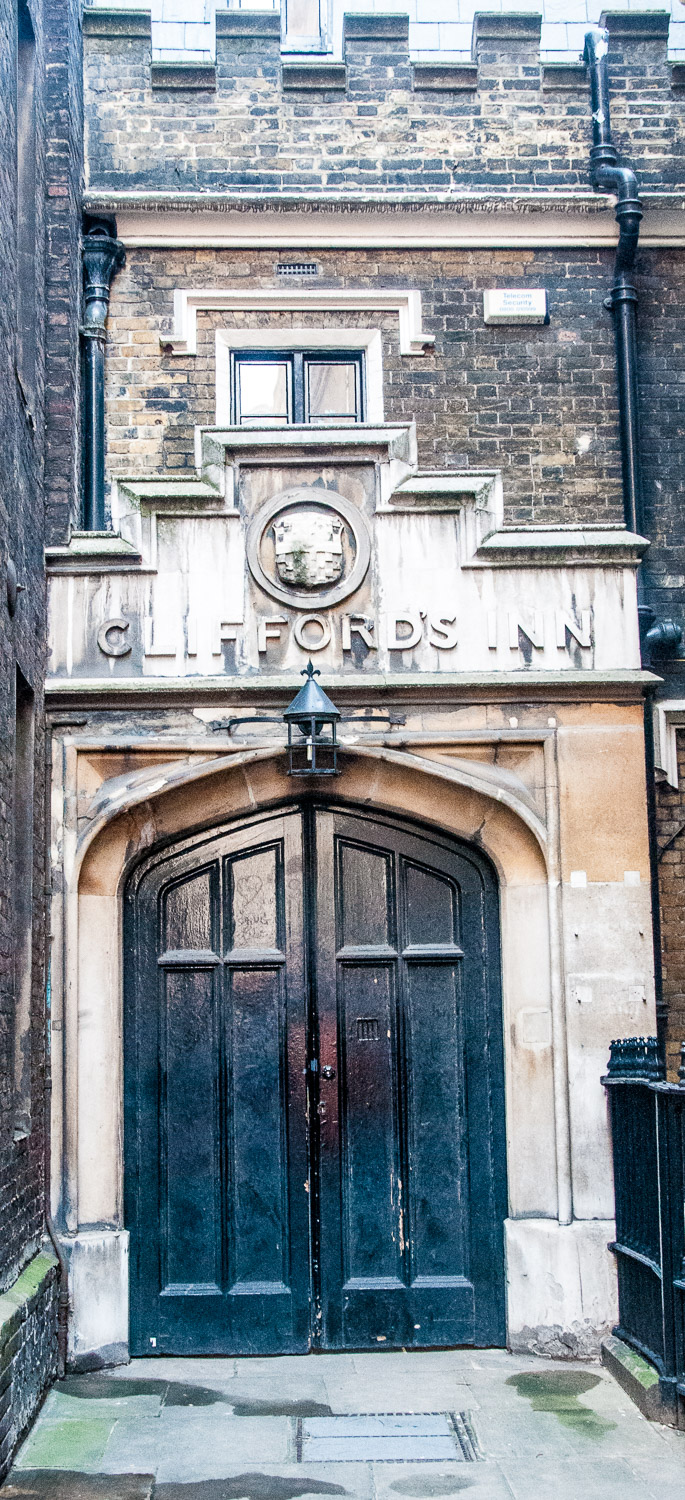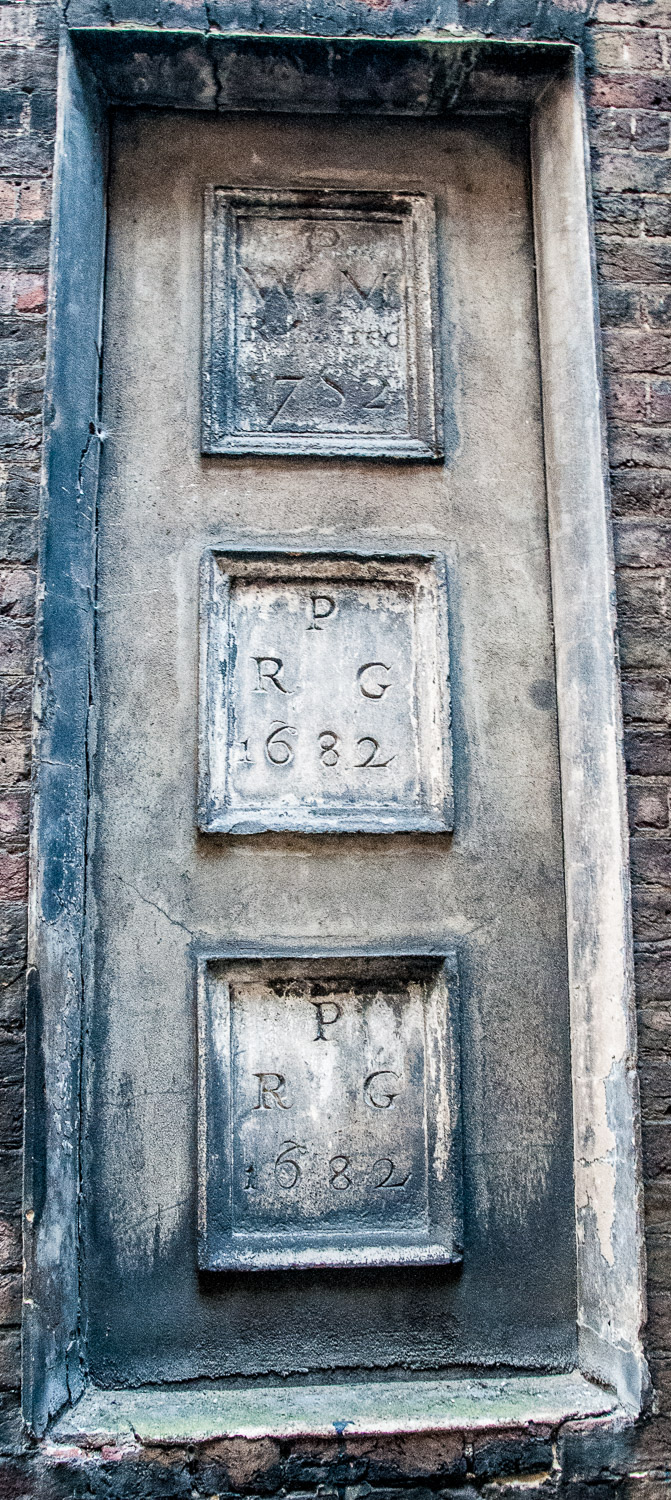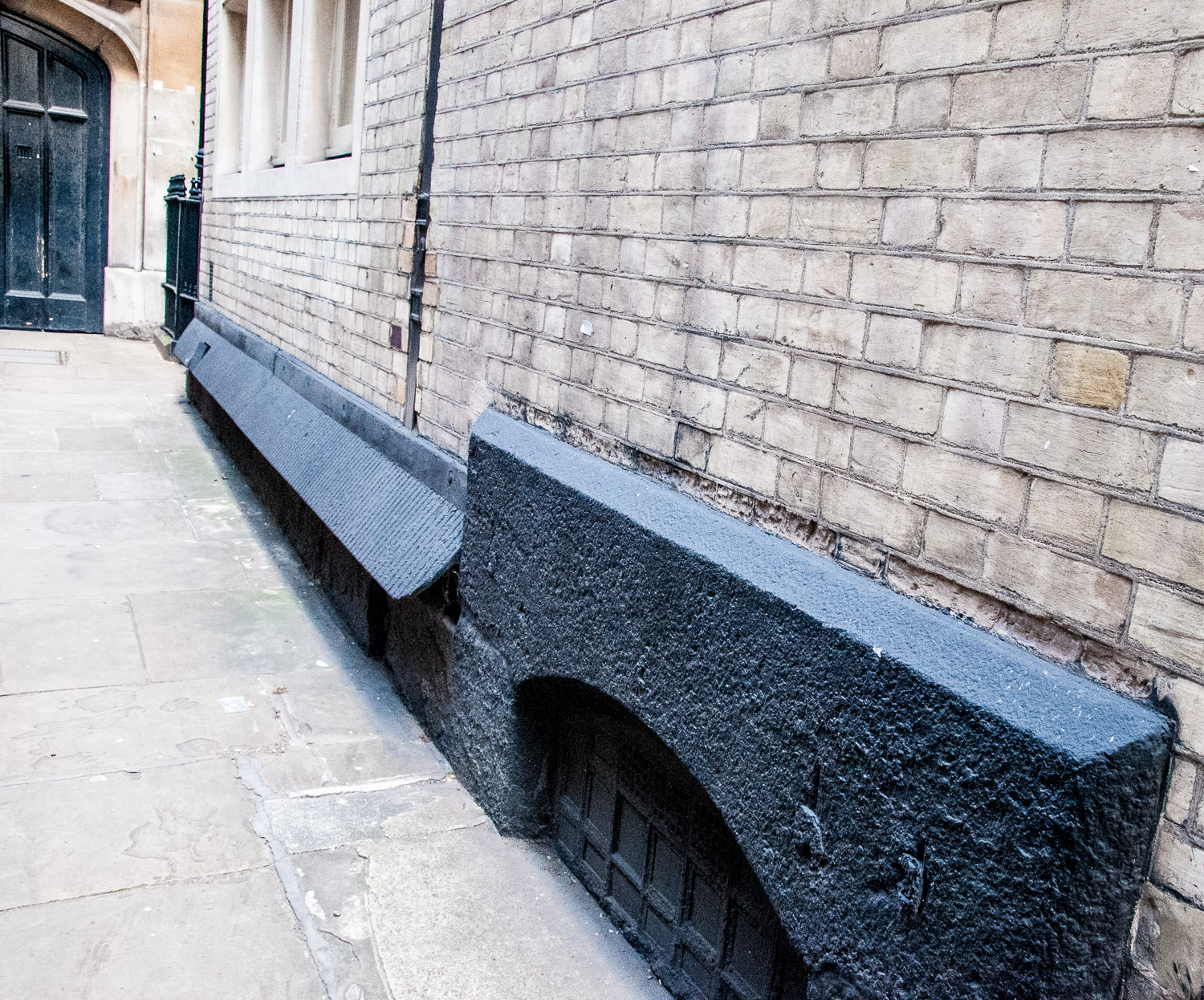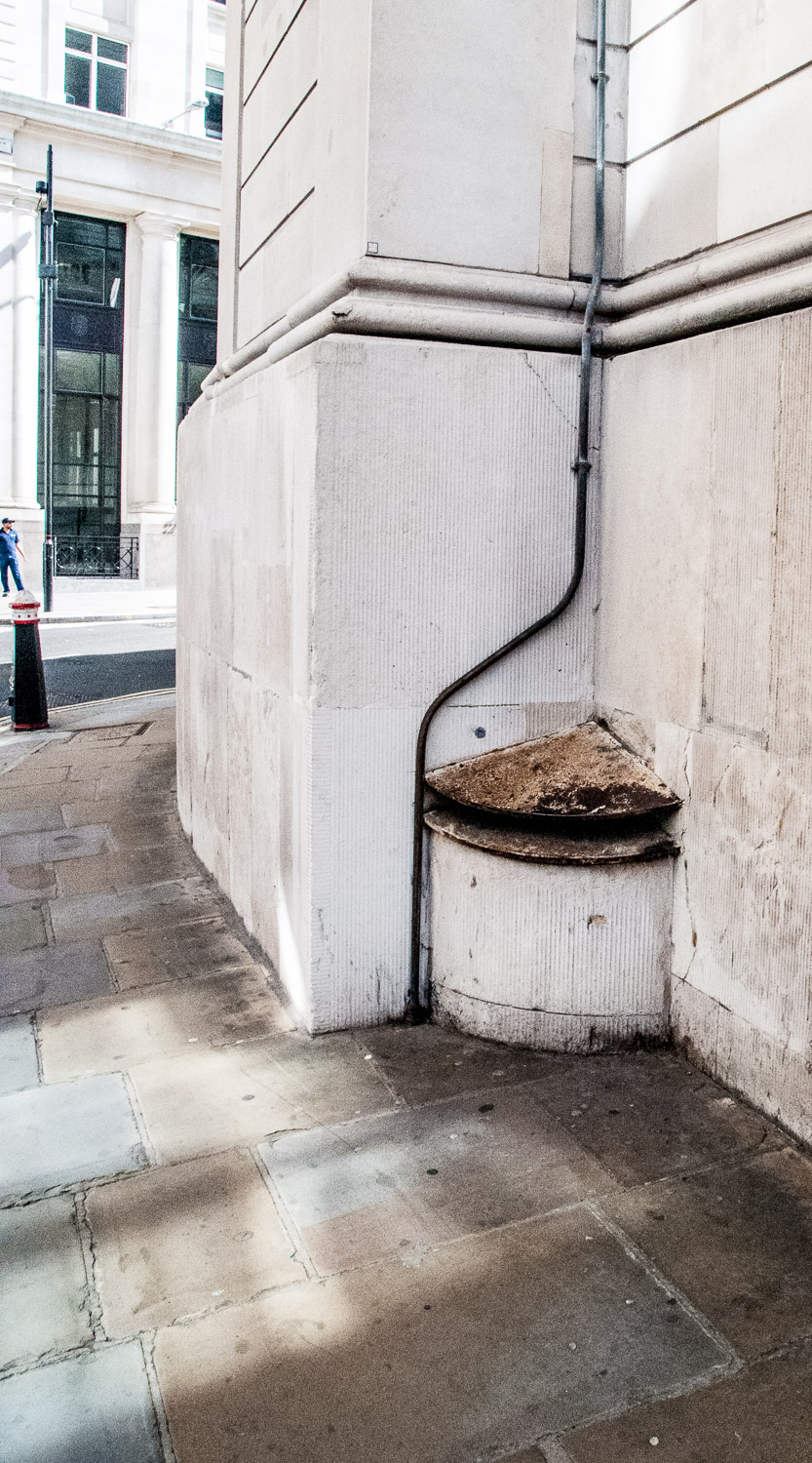Last week I wrote about the talented Sir Thomas Gresham, the part he played in founding the Royal Exchange and how his generosity is still commemorated on the building itself.
This week I am taking a look at other aspects of the structure starting with the magnificent Portland stone pediment which you can’t miss if you look up as you cross the road at Bank junction. As is often the case, I am indebted to Dr Philip Ward-Jackson and his book Public Sculpture of the City of London for some of the descriptions …

The Exchange itself was designed by William Tite. The pediment sculpture is by Richard Westmacott Junior and deploys seventeen figures.
The inscription on the base on which the figure of commerce stands is from Psalm 24.1., a text chosen by Prince Albert. He laid the foundation stone in 1842.

Commerce holds in her left hand a ‘charter of exchange’ and in her right a rudder. There is also a ship’s prow, a beehive and a cornucopia.
Looking to the left …
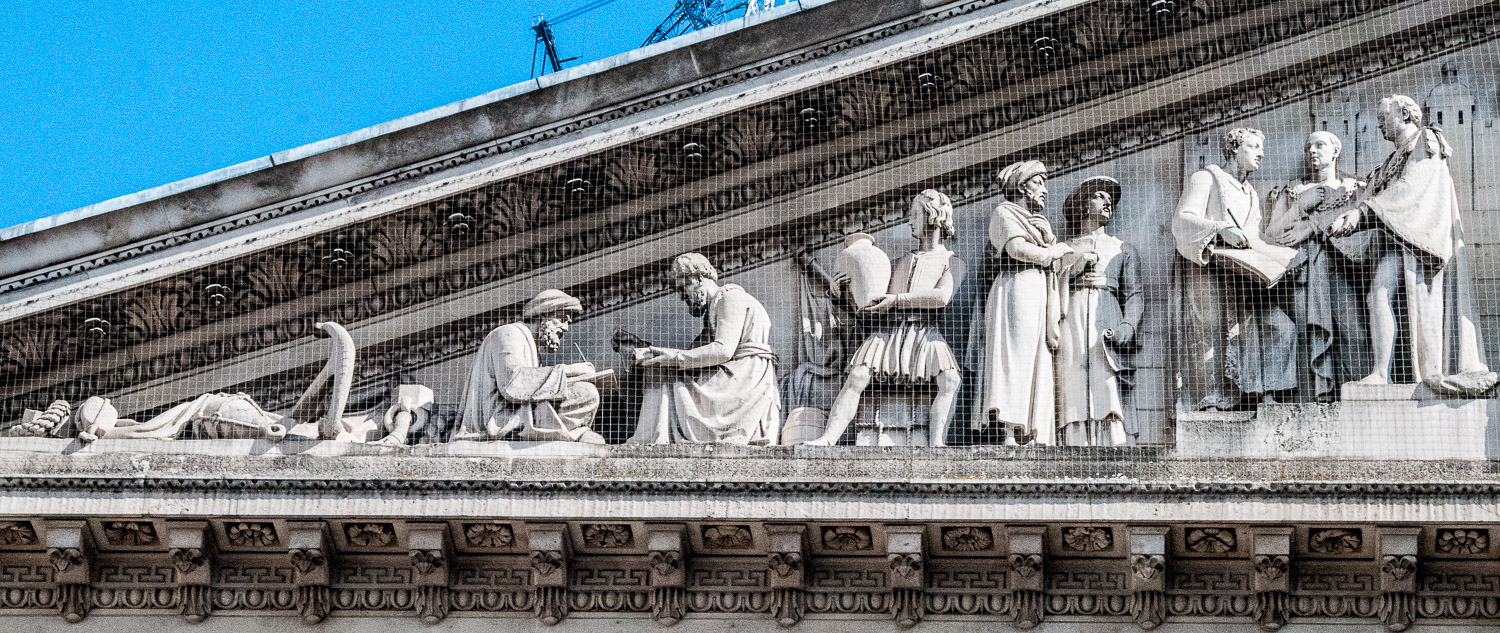
… there are three City merchants in the civic robes of Lord Mayor, Alderman and Common Councilman. Beyond these are a Hindu and a Muslim. A young Greek carrying a vase strides towards them whilst looking over his shoulder towards the outermost group. These are an Armenian (occupied with a scroll) and a Turk (‘busy with his daily accounts’). The extreme angle is filled with an anchor and other nautical instruments.
Looking to the right …
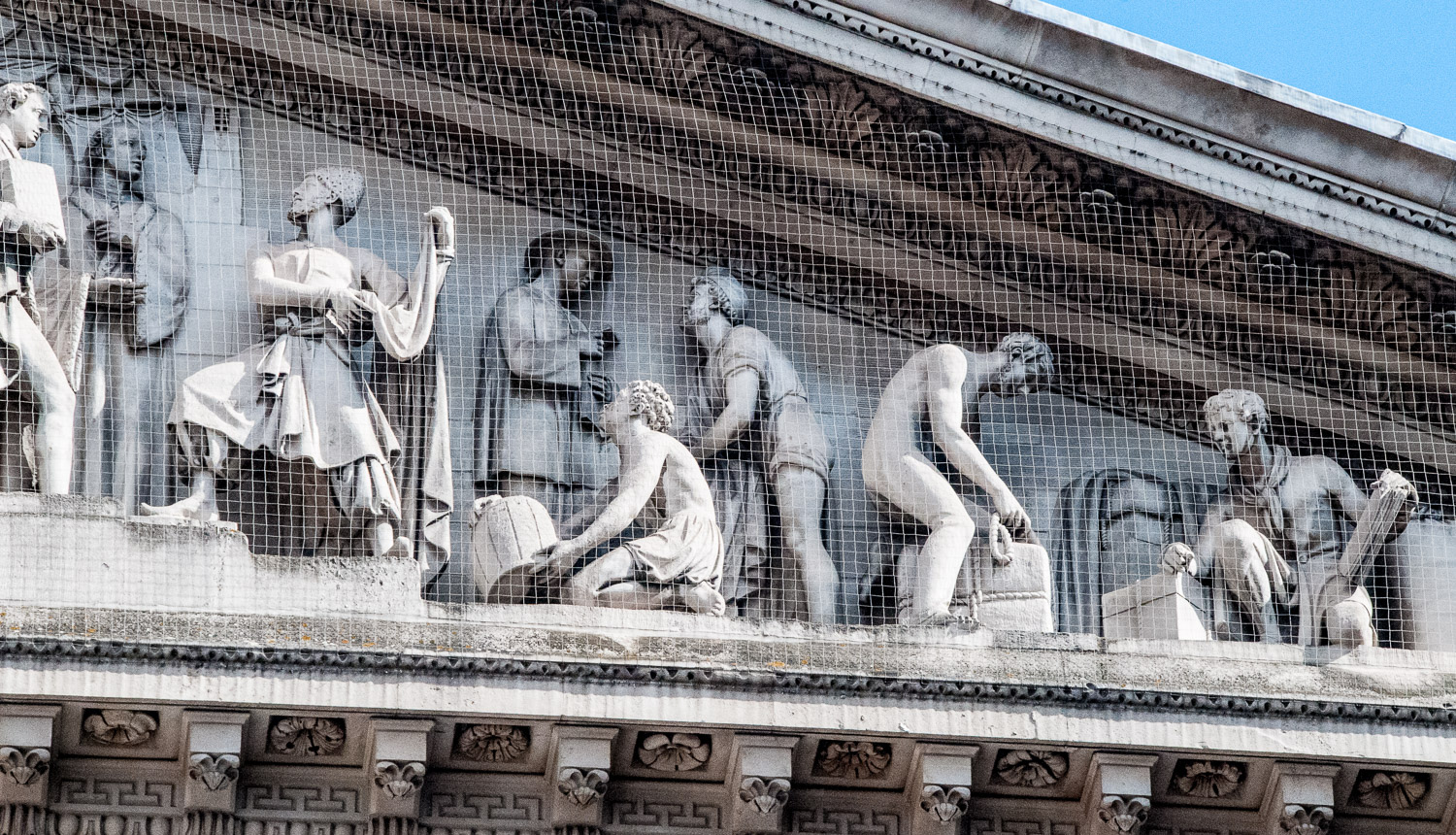
… two British merchants are being shown fabric by a Persian. The next group consists of a Chinese merchant, a kneeling African and a Levantine sailor. Beyond these is a British sailor cording a bale of merchandise. The outermost figure, kneeling amongst jars, packages etc, is a supercargo, or shipboard sales manager.
Interestingly, the Exchange was built at the time of the Chinese ‘Opium Wars’, a period which saw the collapse of the Chinese economy. In China today the period 1839 to 1939 is referred to as The Century of Humiliation (which some commentators believe still has an important influence on Chinese attitudes to the West in the 21st century).
In the foreground stands London Troops War Memorial. Above you can see part of the Latin inscription stating that the Exchange was founded in the thirteenth year of the reign of Queen Elizabeth I and restored in the eighth of Queen Victoria (1844) …
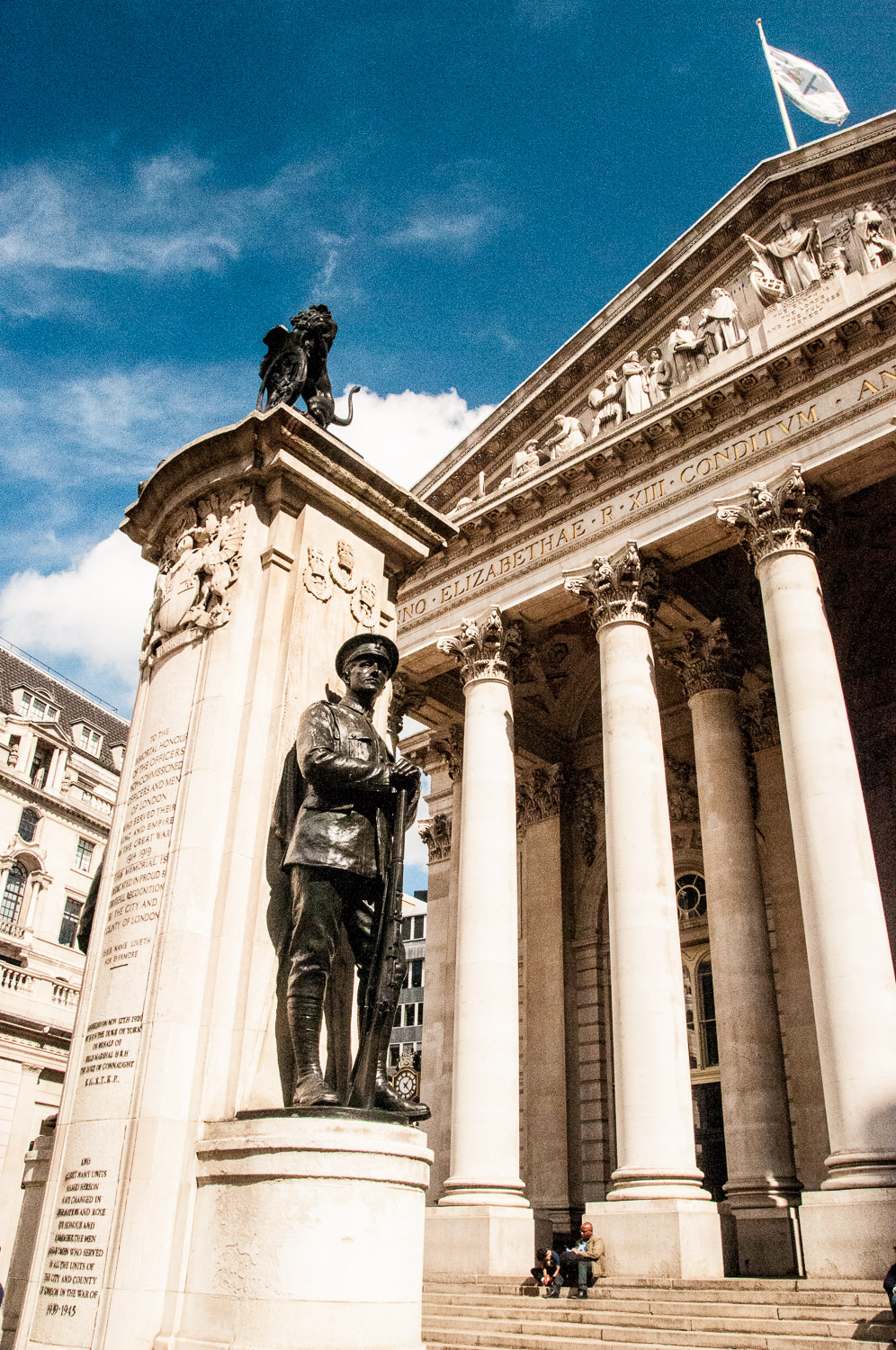
The memorial architect was Sir Aston Webb, the bronzes are by Alfred Drury and the stone carver was William Frith.
On the column is listed all the London regiments that served in the First and Second World Wars and on either side two soldiers stand at ease, one representing the Royal Fusiliers and the other the Royal Field Artillery.
On the south side of the Exchange in Cornhill is this elegant clock …

Britannia and Neptune hold a shield that contains an image of Gresham’s original Royal Exchange. In the distance, peeping up below, is the latest addition to the City skyline, ‘The Scalpel’ in Lime Street.
The inside of the Exchange is now a much used open space where today’s City folk meet once more to gossip, dine, drink coffee and do deals just as Gresham originally intended almost 450 years ago …

Image: ‘Say I do’ Islington
When visiting the Exchange I usually use the main West door but, whilst researching this blog, I went into the East foyer and was really surprised to come across this remarkable, formidable bust of Abraham Lincoln …
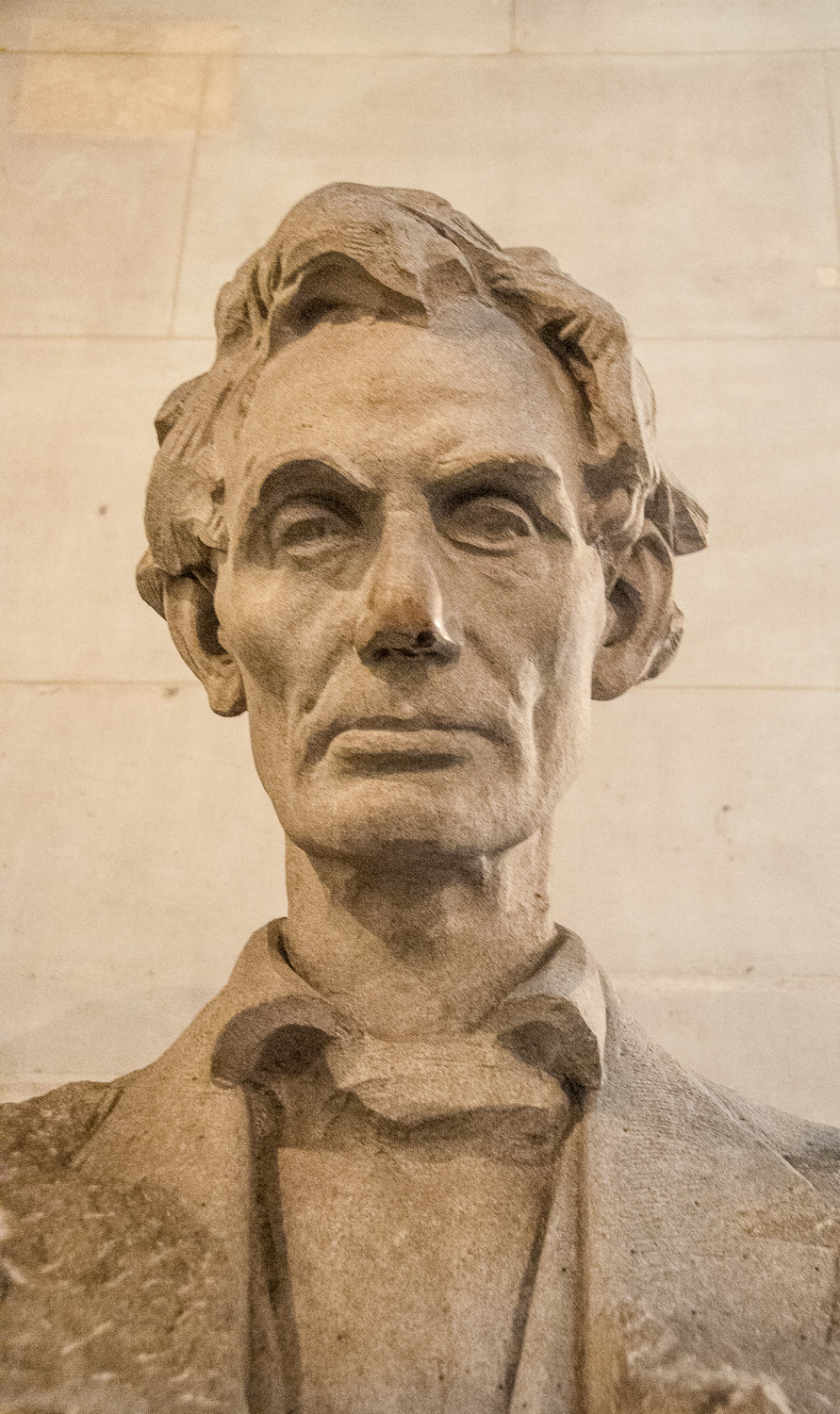
Carver: Andrew O’Connor (1928).
The bust is carved from stone quarried in the vicinity of Lincoln’s birthplace. It was presented to the City by the Lincoln Presentation Committee and was unveiled by the Lord Mayor on 12 February 1930.
Finally, behind the posh retail outlets that nestle near the walls of the Exchange, lie an extraordinary set of murals. This one commemorates the loss of the second Royal exchange to fire in 1838 …

Painting by Stanhope Forbes (1899).
To view them you have to climb to the mezzanine floor and look over the balcony. They date from 1892 and are by artists including Sir Frederick Leighton, Sir Frank Brangwyn and Stanhope Forbes.
Amazingly, plans for the building in 2016 would have meant bisecting them in order to extend the retail space. Fierce criticism meant the plans were shelved but you can see what they would have meant if you look at the Spitalfields Life website from August 2016. The site also has some great pictures of all the murals – they are stunning.

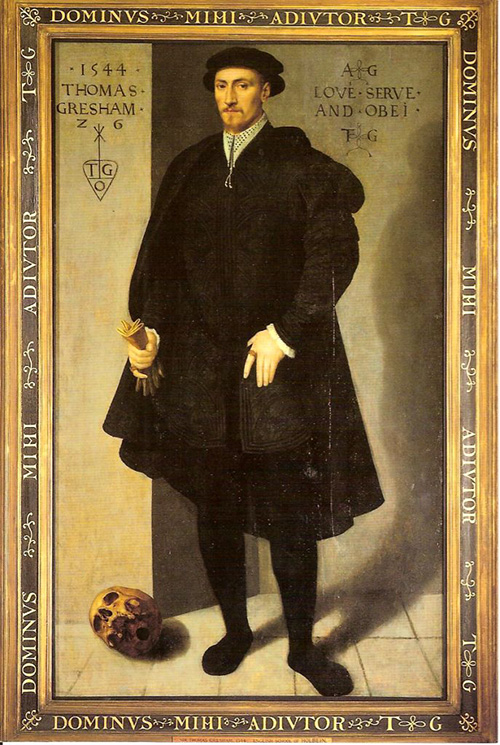

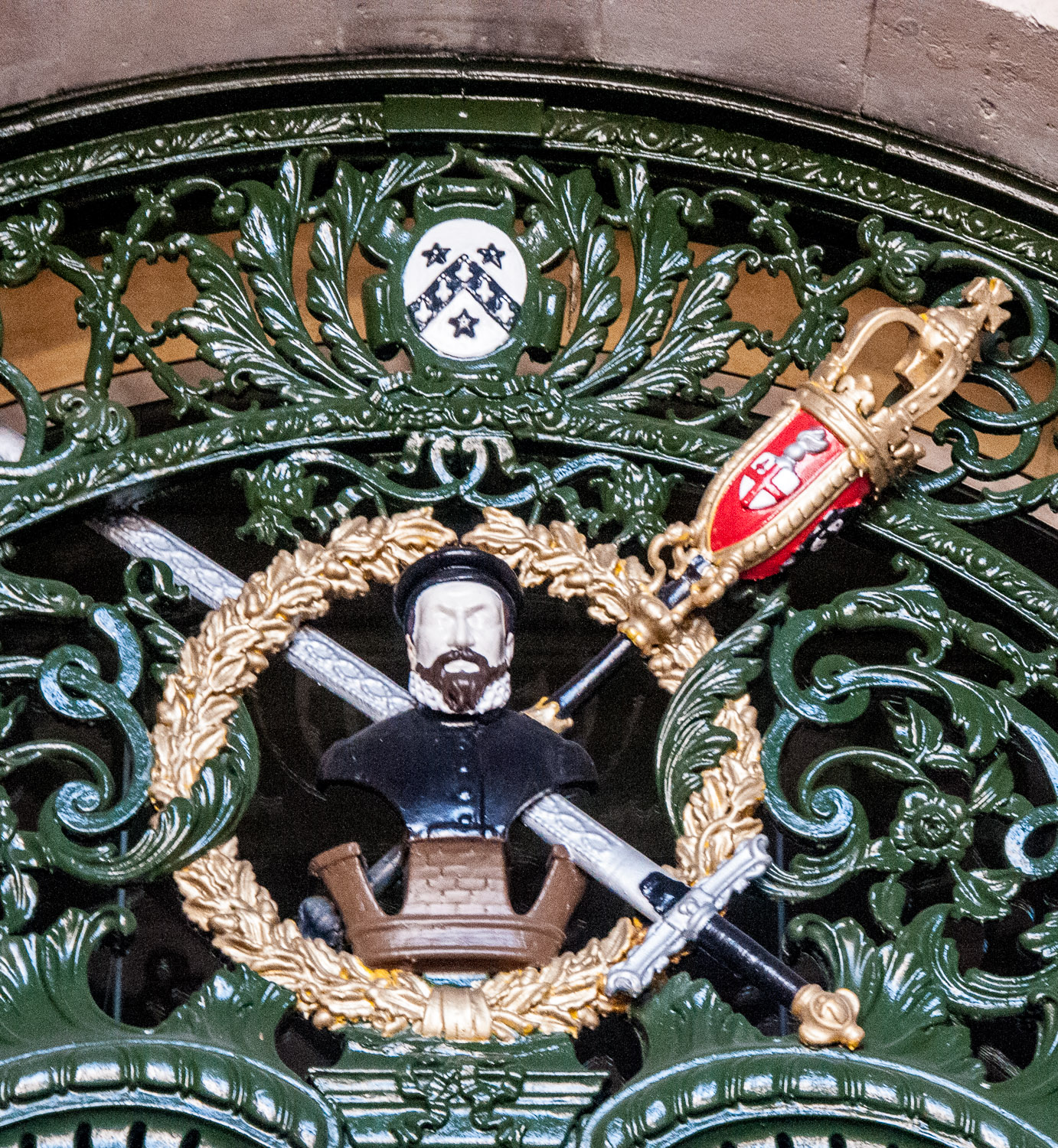

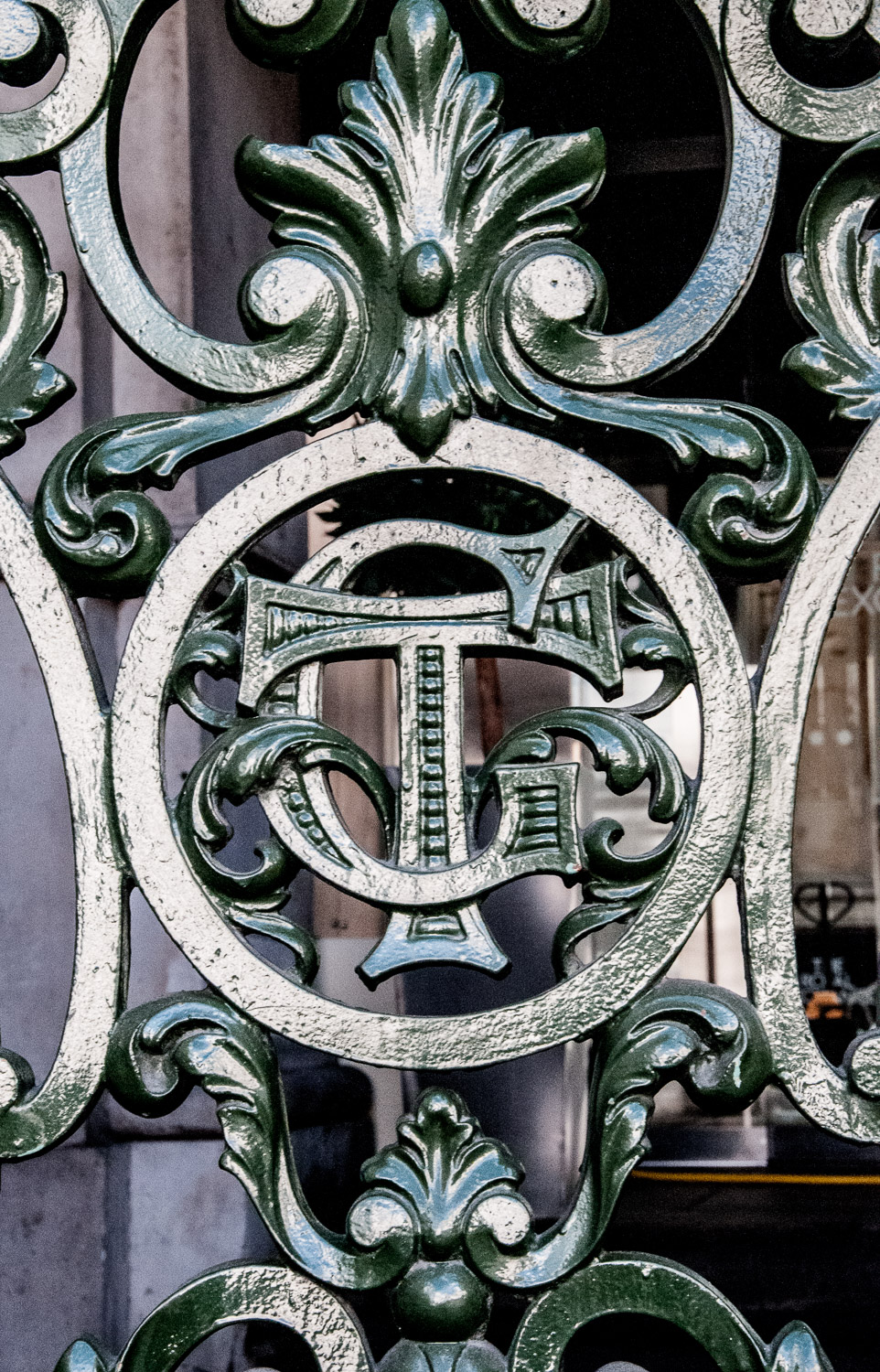
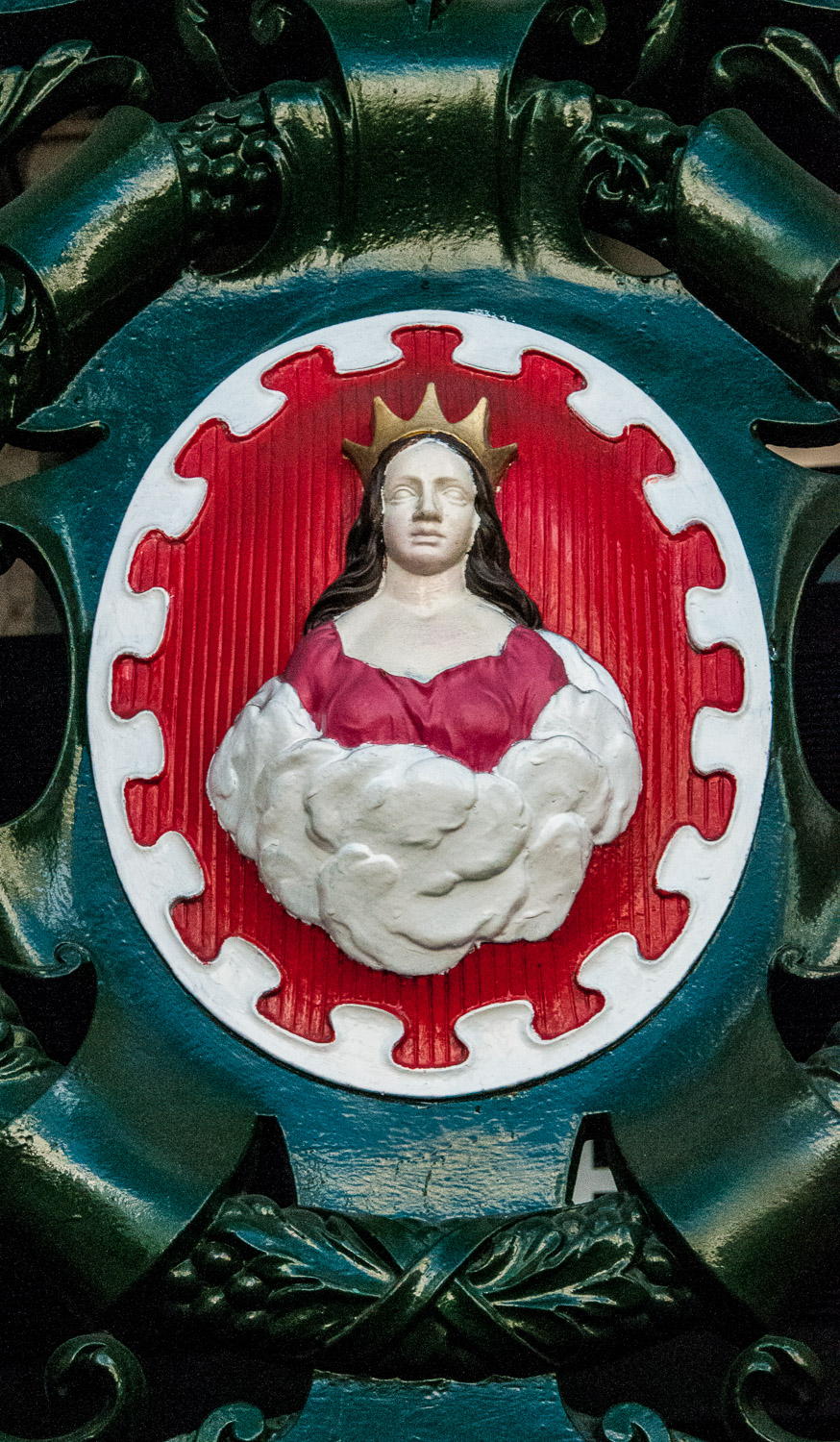

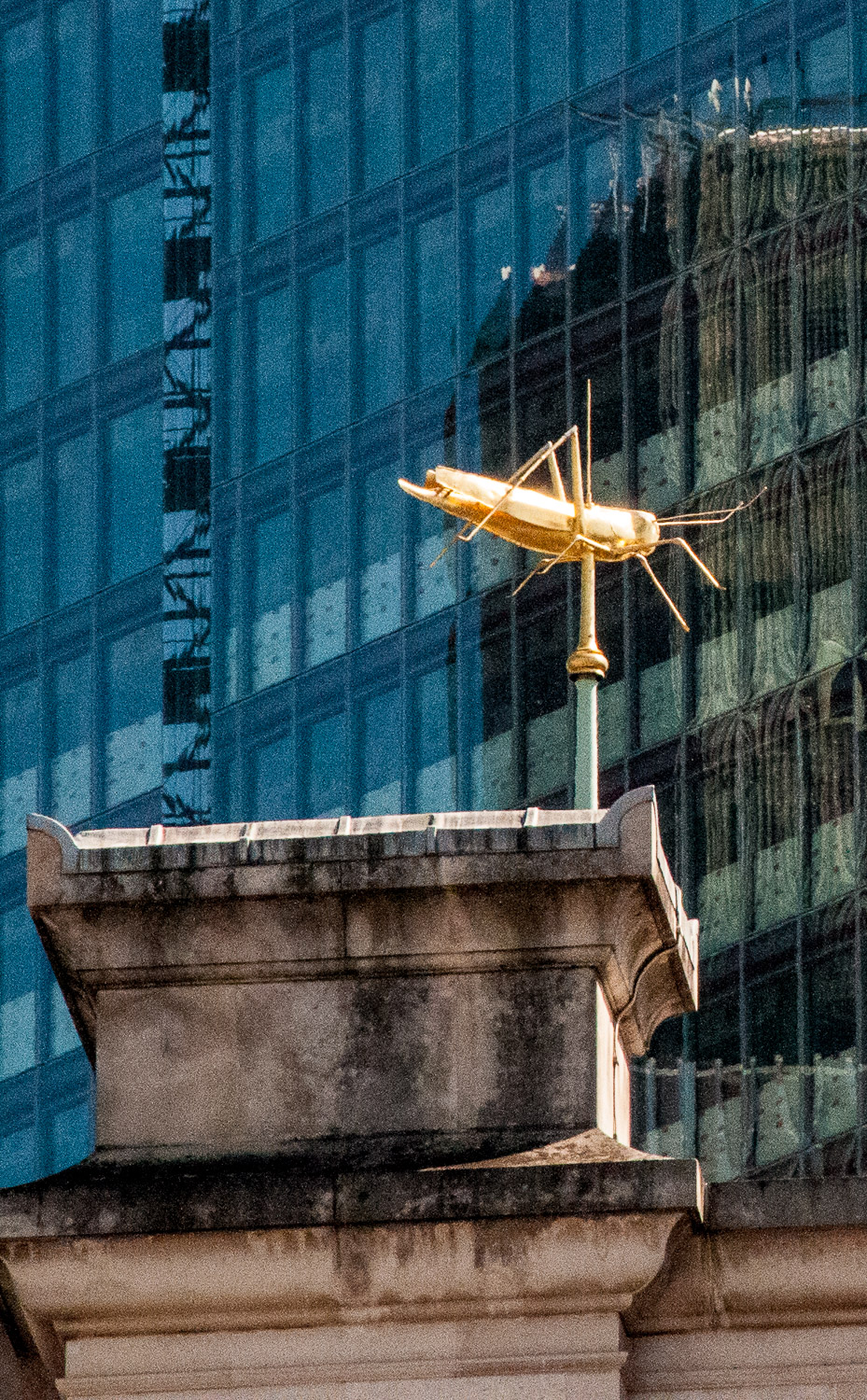
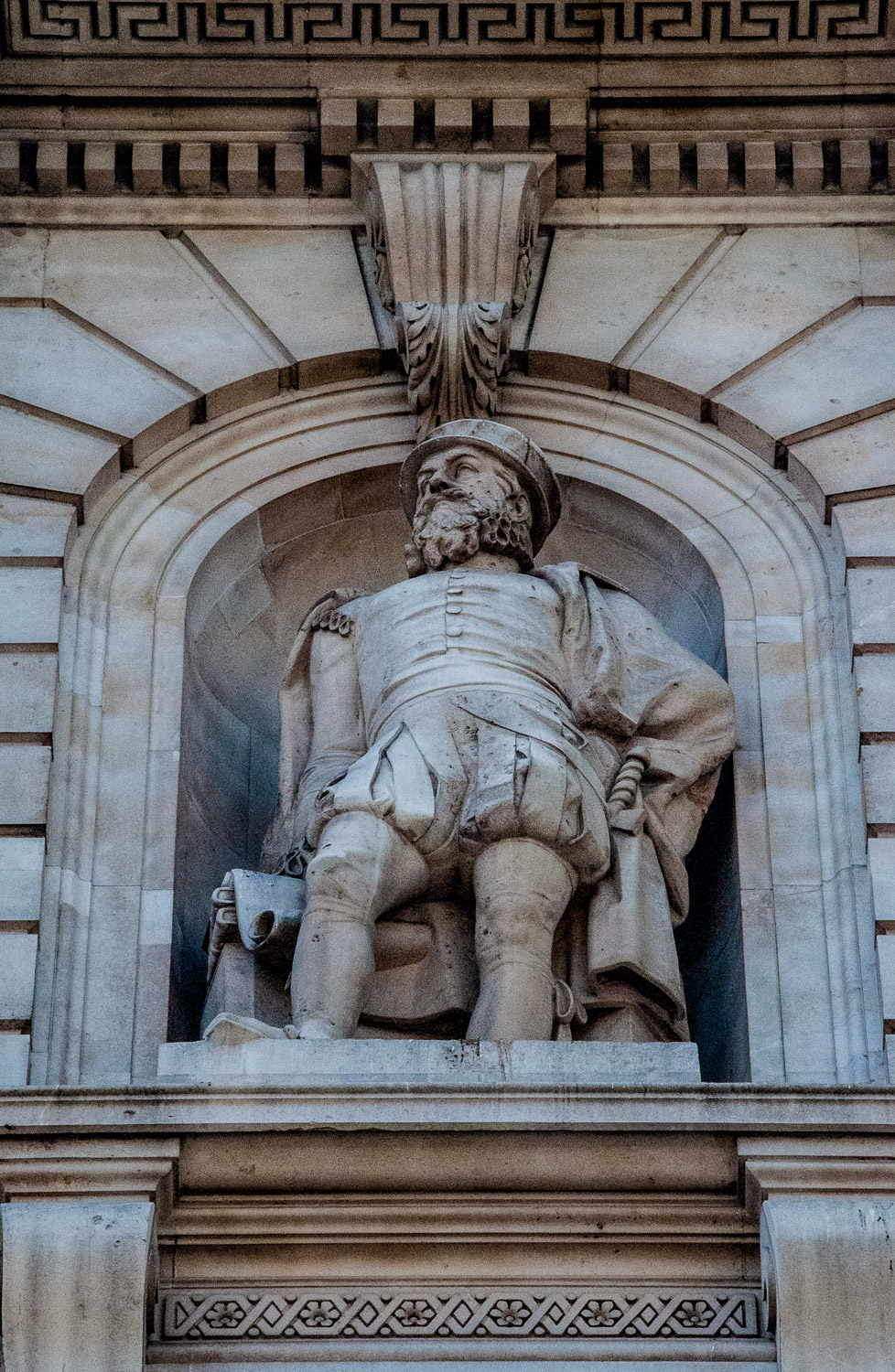
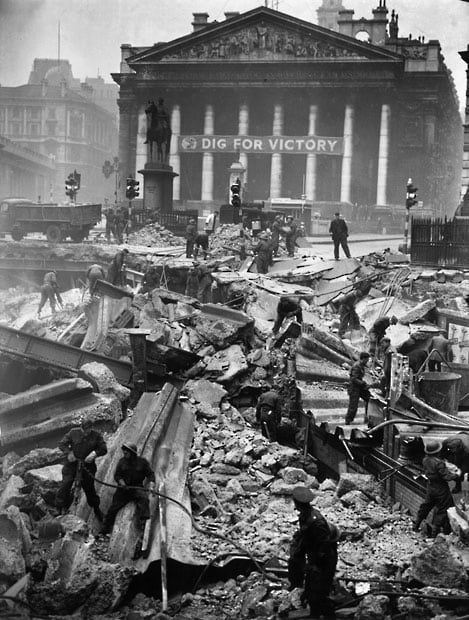
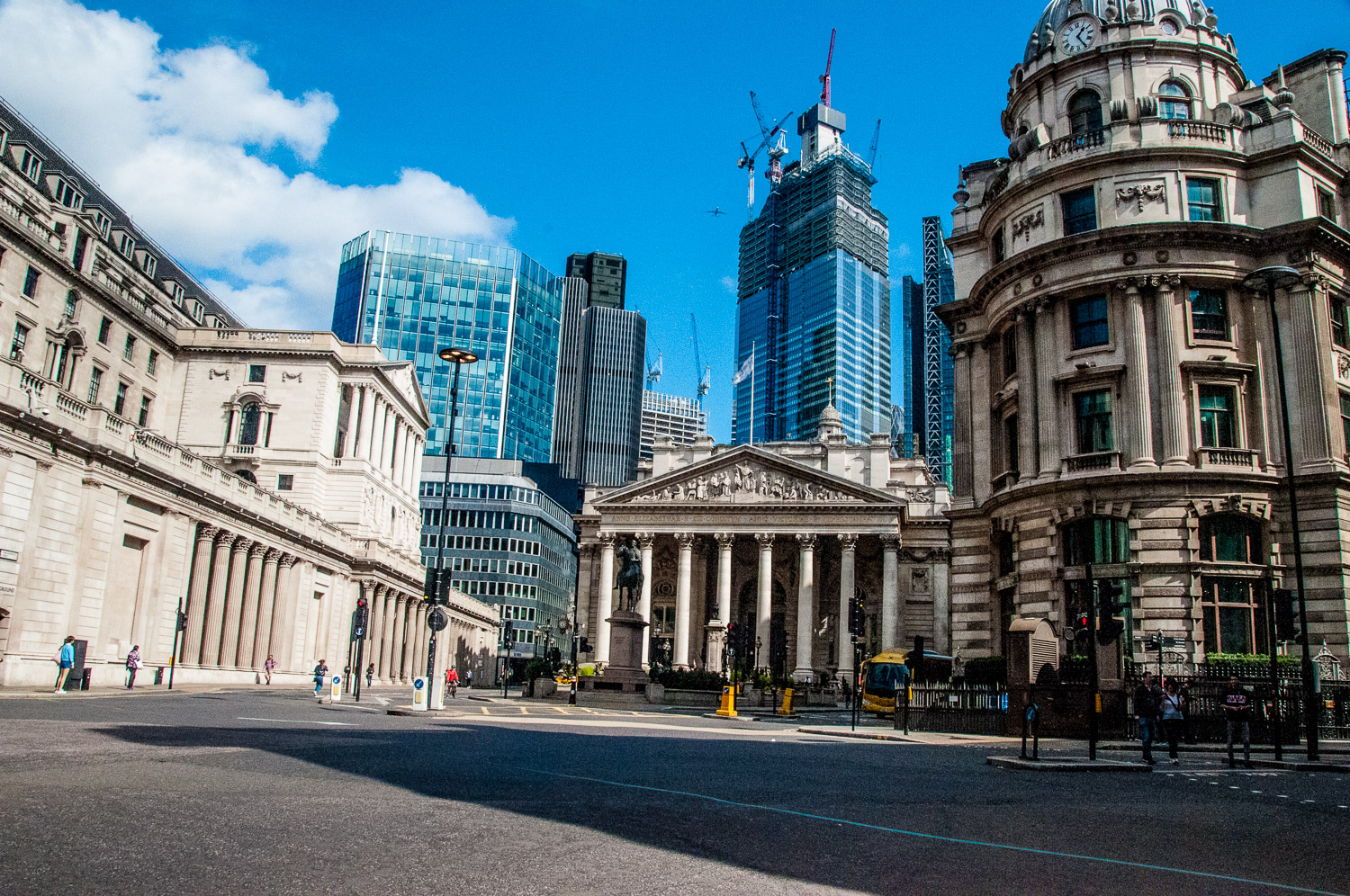
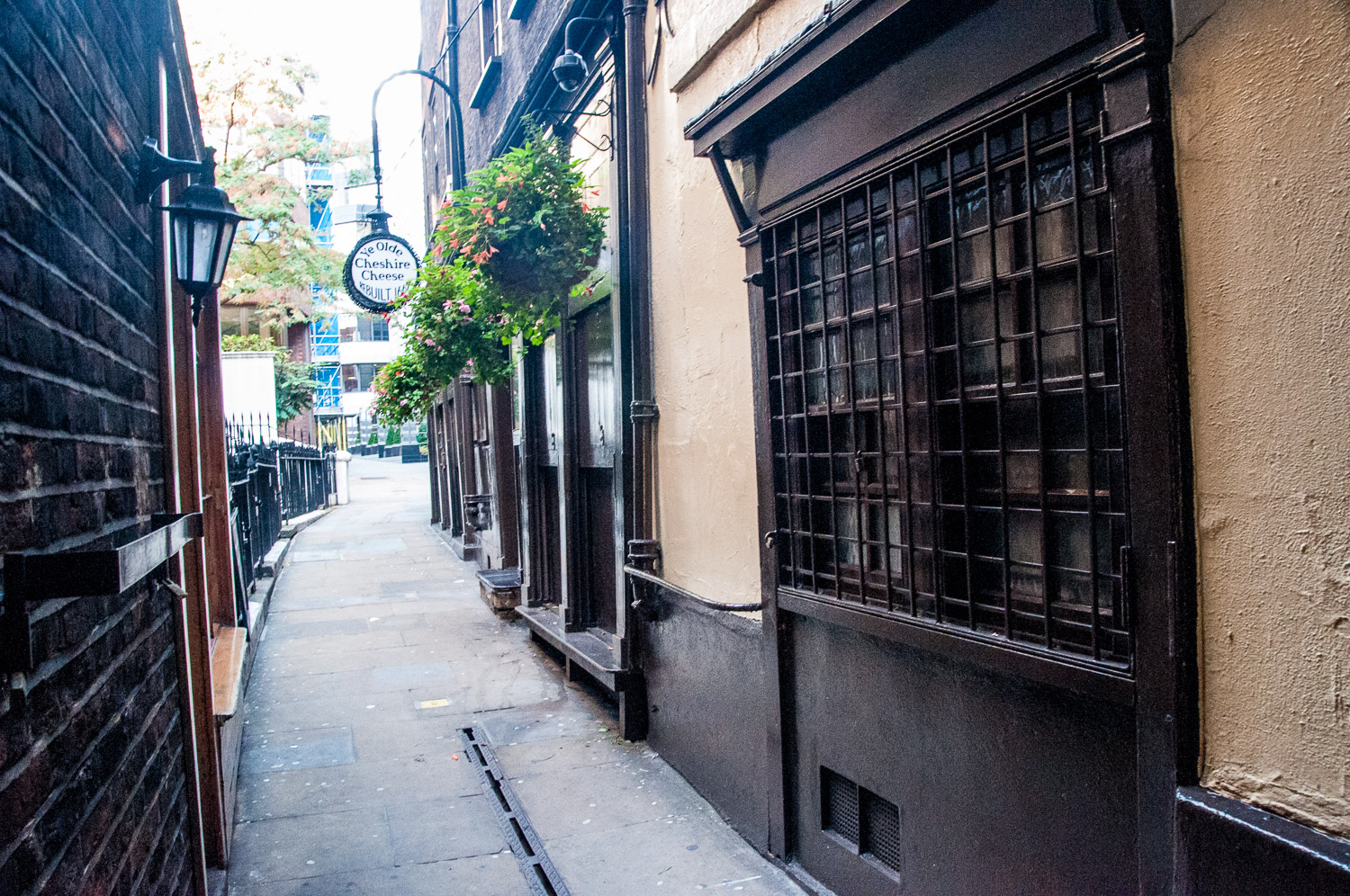
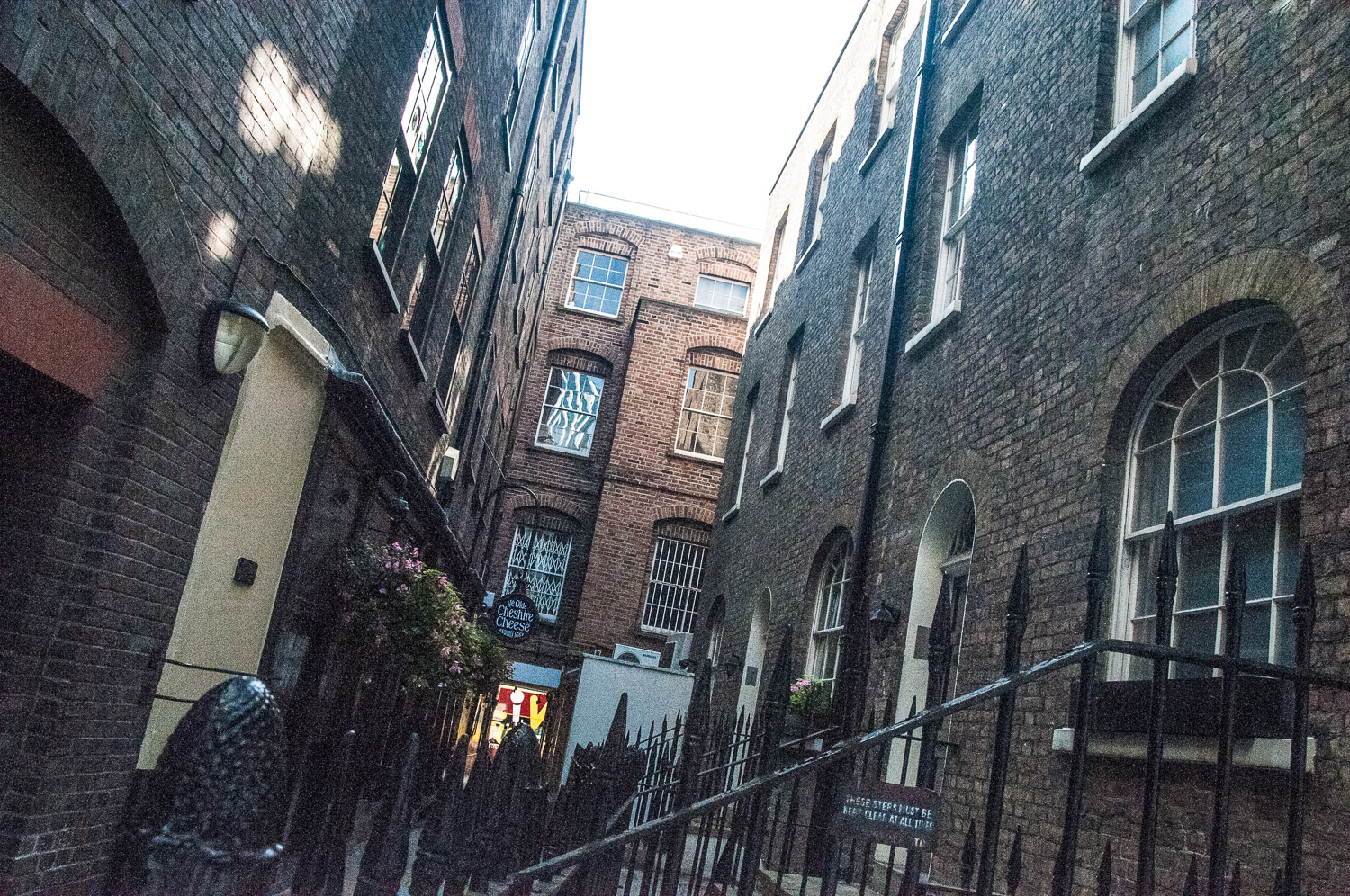
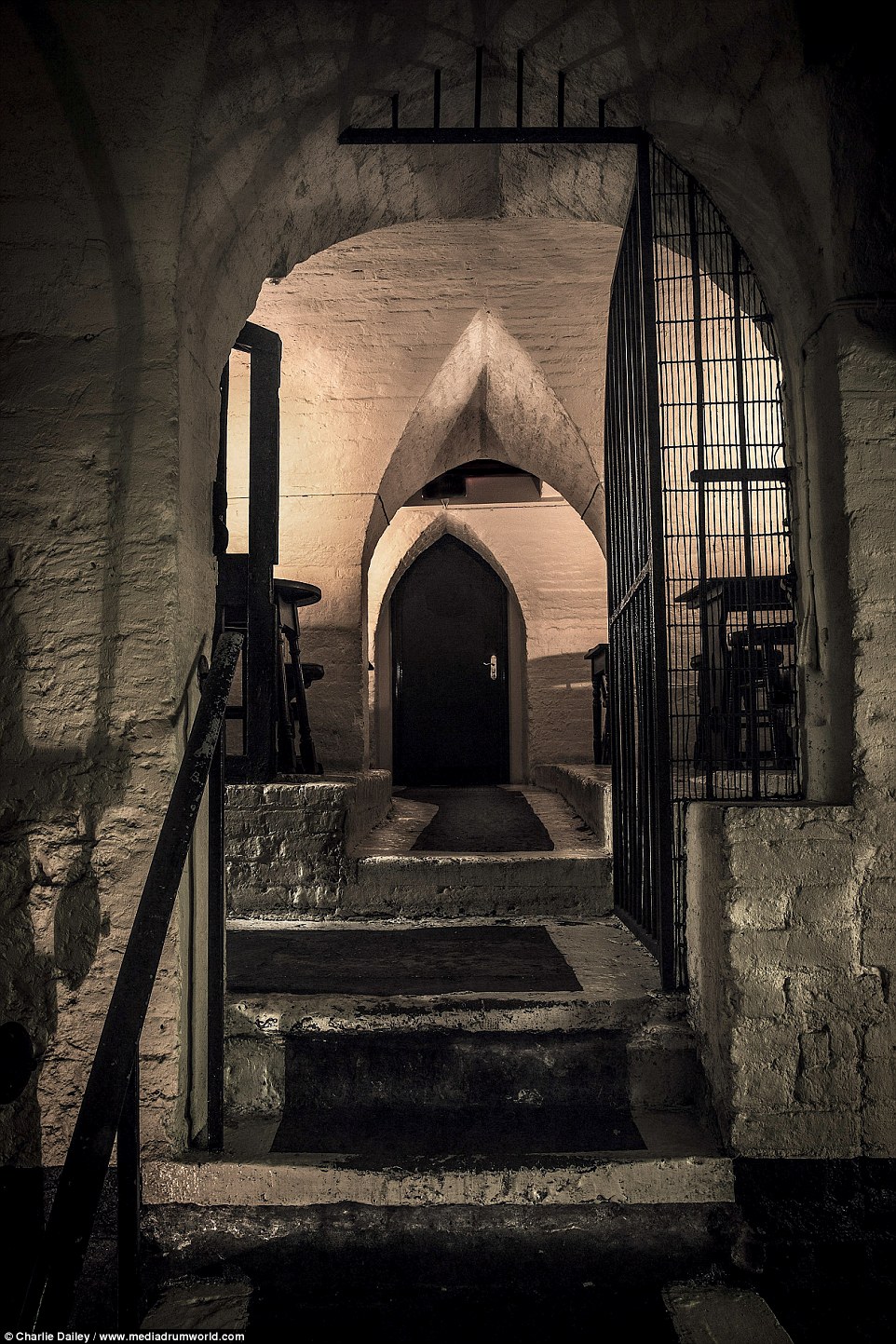

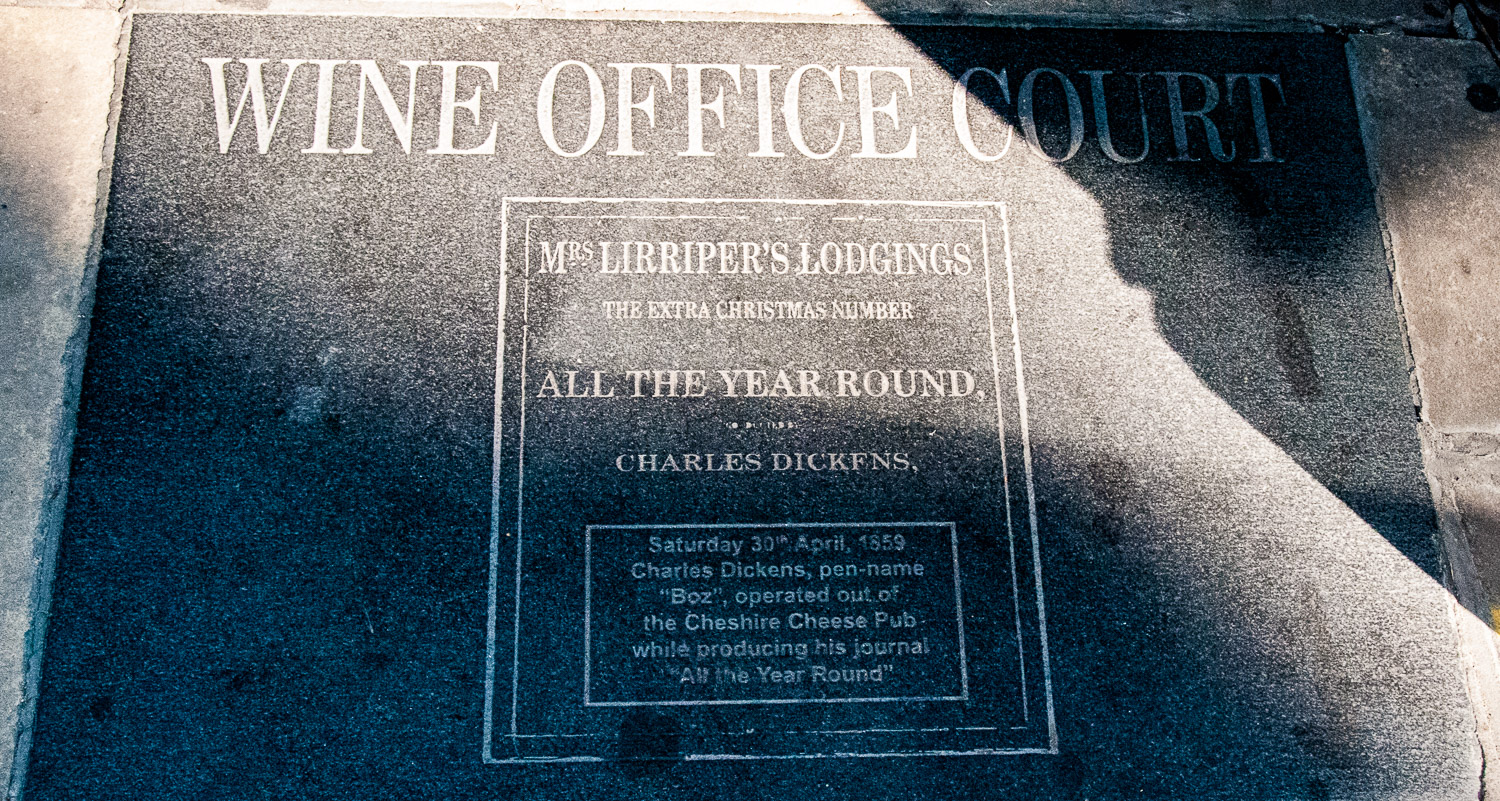
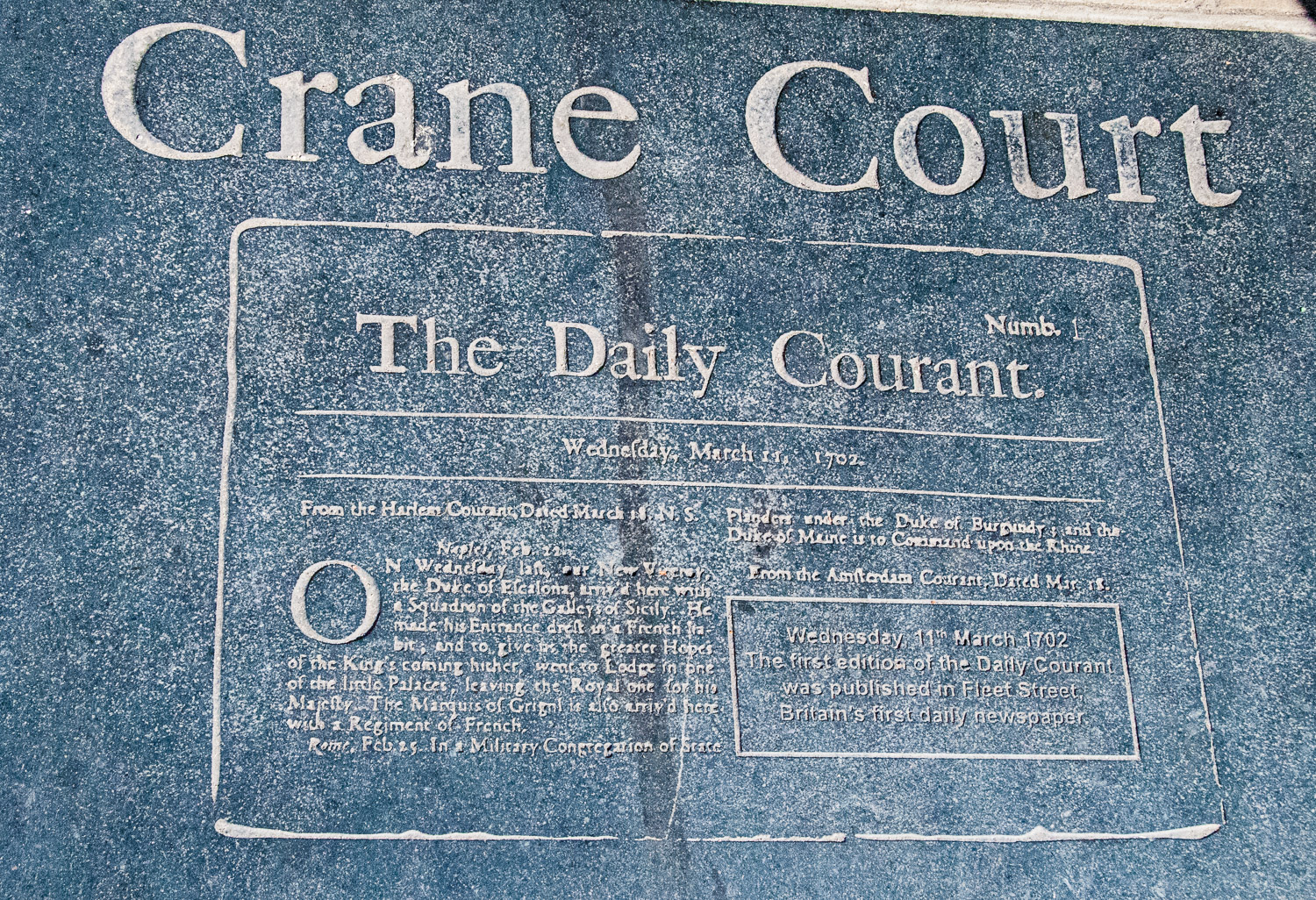
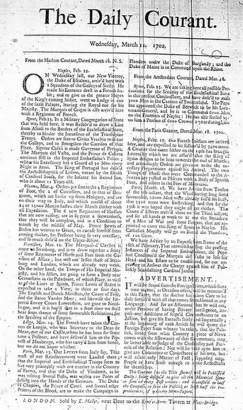 On 14 April 1785 it ran a story about a man murdered after a visit to the barber. Some claim that this was the inspiration behind Victorian penny dreadful Sweeney Todd (allegedly a resident of 183 Fleet St) and the spawning of lots of movies …
On 14 April 1785 it ran a story about a man murdered after a visit to the barber. Some claim that this was the inspiration behind Victorian penny dreadful Sweeney Todd (allegedly a resident of 183 Fleet St) and the spawning of lots of movies …